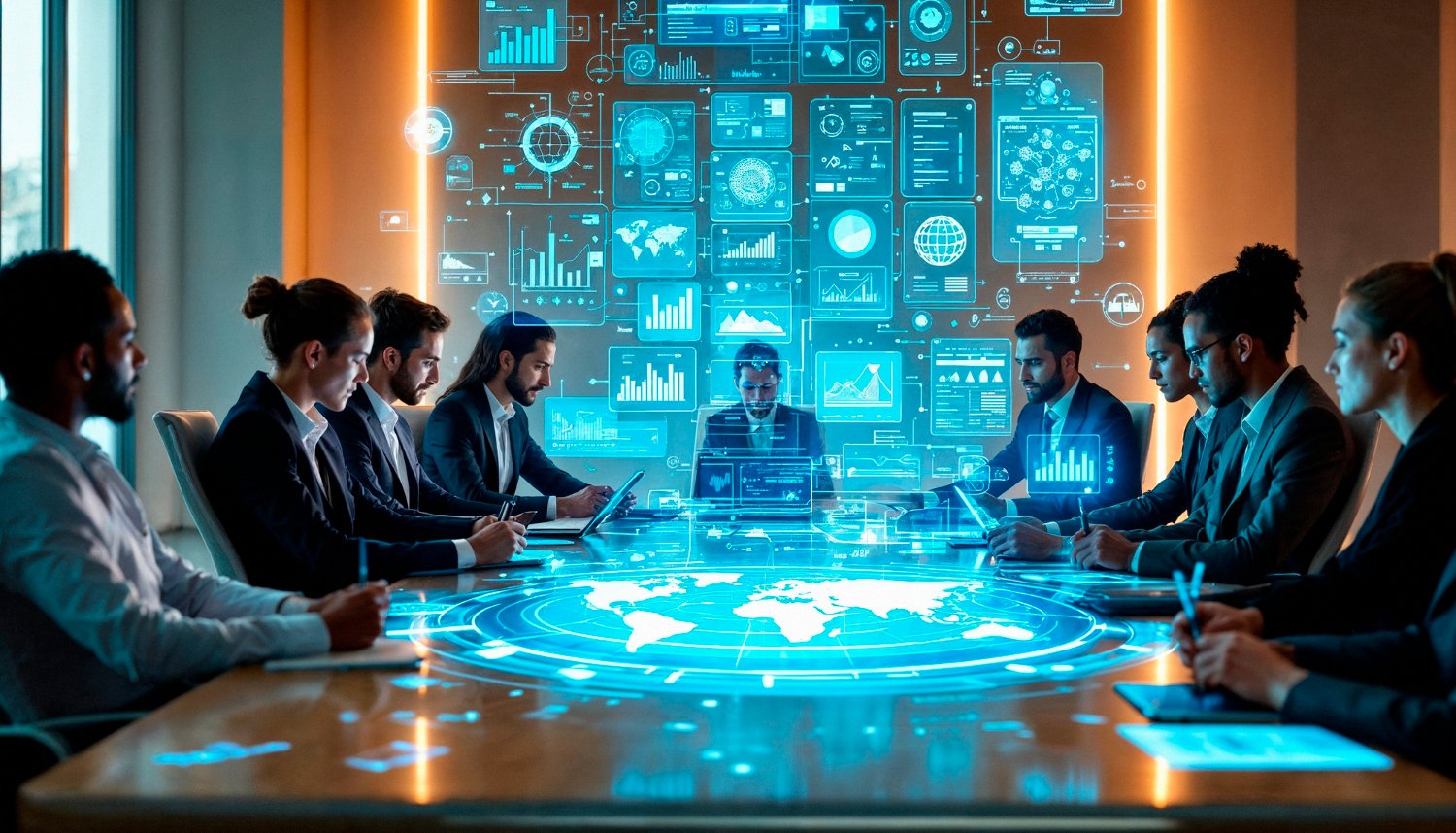
In today’s digital economy, businesses face a myriad of compliance requirements and security challenges. As cyber threats become more sophisticated and regulatory landscapes evolve, maintaining robust security and compliance frameworks is essential. NetSuite, a comprehensive cloud ERP solution, offers a range of features to help businesses navigate these complexities. This blog post delves into how NetSuite supports compliance and security, focusing on critical aspects such as SOC compliance, GDPR, role-based access control, data encryption, and more.
SOC (Service Organization Control) Compliance
Service Organization Control (SOC) reports are critical for organizations to demonstrate their commitment to security and operational integrity. NetSuite is compliant with both SOC 1 and SOC 2 standards. SOC 1 reports focus on the controls relevant to user entities’ financial reporting, while SOC 2 reports address a broader spectrum, including security, availability, processing integrity, confidentiality, and privacy. This dual compliance ensures that NetSuite’s internal controls are rigorously assessed, providing customers with confidence in the security and reliability of their data.
GDPR (General Data Protection Regulation)
The General Data Protection Regulation (GDPR) is one of the most stringent data protection regulations globally. It mandates that organizations handle personal data with the utmost care, granting individuals greater control over their information. NetSuite assists businesses in achieving GDPR compliance by providing features such as data subject access requests (DSARs), data portability, and the right to erasure. These tools empower organizations to respond to data subjects’ requests efficiently, ensuring transparency and accountability in data processing activities.
Role-Based Access Control
Role-based access control (RBAC) is a fundamental security principle that restricts system access to authorized users based on their roles within an organization. NetSuite’s RBAC capabilities allow businesses to define roles and permissions meticulously, ensuring that employees can only access the information necessary for their duties. This minimizes the risk of unauthorized data access and helps maintain data integrity and confidentiality, which are essential for regulatory compliance.
Data Encryption
Protecting data through encryption is a cornerstone of modern cybersecurity strategies. NetSuite uses robust encryption methods to safeguard data both in transit and at rest. This ensures that sensitive information, such as financial records and personal data, remains protected from unauthorized access and breaches. By encrypting data, NetSuite helps businesses meet various regulatory requirements, including GDPR and HIPAA, and provides peace of mind that their data is secure.
Audit Trails
Audit trails are essential for maintaining an accurate record of system activities, which is crucial for both security and compliance. NetSuite’s audit trail functionality tracks all user activities, including data modifications, logins, and configuration changes. These logs are invaluable for forensic analysis, regulatory compliance, and monitoring for suspicious activities. By maintaining comprehensive audit trails, businesses can quickly detect and respond to potential security incidents, ensuring continuous protection and accountability.
Two-Factor Authentication
Two-factor authentication (2FA) enhances security by requiring users to provide two forms of identification before accessing the system. This additional layer of security significantly reduces the risk of unauthorized access due to compromised credentials. NetSuite’s 2FA can be configured to meet various security policies, providing businesses with a flexible and robust authentication mechanism to protect sensitive data.
Single Sign-On (SSO)
Single Sign-On (SSO) streamlines the authentication process by allowing users to log in once and gain access to multiple applications and systems. NetSuite’s SSO integration supports various identity providers, enhancing security and user convenience. By centralizing authentication, SSO reduces password fatigue and the associated risks of weak or reused passwords, thus enhancing overall security posture.
PCI DSS (Payment Card Industry Data Security Standard)
Compliance with the Payment Card Industry Data Security Standard (PCI DSS) is crucial for businesses that handle payment card information. NetSuite is PCI DSS compliant, ensuring that credit card data is processed, stored, and transmitted securely. This compliance helps businesses mitigate the risk of data breaches and fraud, providing customers with confidence in the security of their payment information.
ISO 27001 Certification
ISO 27001 is an internationally recognized standard for information security management systems (ISMS). NetSuite’s ISO 27001 certification demonstrates its commitment to implementing and maintaining robust security controls. This certification provides assurance to customers that NetSuite’s security practices meet global best practices, ensuring the confidentiality, integrity, and availability of their data.
Get in Touch
We know what NetSuite can do and how it can help you. Schedule your free NetSuite assessment today
Phased Migration Approach
A phased migration approach involves migrating data in stages rather than all at once, reducing risk and allowing for incremental validation and adjustment.
Best Practices:
- Plan migration phases based on business priorities and dependencies: Start with less critical data and systems, gradually moving to more critical ones. This approach allows for addressing issues incrementally.
- Conduct thorough testing and validation after each phase: Ensure that data is accurate and processes are functioning correctly before moving to the next phase.
- Monitor performance and address issues before proceeding to the next phase: Use monitoring tools to track migration progress and performance, addressing any issues promptly.
Data Normalization
Data normalization involves organizing data to reduce redundancy and improve consistency. This step is essential for optimizing data storage and retrieval in NetSuite.
Best Practices:
- Follow database normalization rules (e.g., 1NF, 2NF, 3NF): These rules help in designing efficient and scalable data structures.
- Use data modeling tools: Tools like ER/Studio and Microsoft Visio can help visualize and optimize data structures.
- Regularly review and update data normalization rules: As business needs evolve, update normalization rules to ensure ongoing data efficiency and consistency.
SuiteFlow
SuiteFlow is NetSuite’s workflow automation tool, enabling the creation of custom workflows to automate business processes.
Best Practices:
- Use SuiteFlow to automate data-related workflows: Workflows can automate processes like data validation, approval, and synchronization, reducing manual effort and errors.
- Test workflows in a sandbox environment: Validate that workflows function as expected without impacting production data.
- Monitor workflow performance and make adjustments as needed: Use monitoring tools to track workflow performance, addressing any issues promptly.
Data Architecture
Data architecture involves designing the structure and organization of data within NetSuite to support business processes and reporting needs.
Best Practices:
- Develop a comprehensive data architecture plan: Align the data architecture with business goals, ensuring that it supports current and future needs.
- Use data modeling tools: Tools like ER/Studio and Microsoft Visio can help visualize and optimize data structures.
- Regularly review and update the data architecture: As business needs evolve, update the data architecture to ensure ongoing alignment with business goals.
Data Integrity Checks
Data integrity checks ensure that data remains accurate, consistent, and reliable throughout the migration process.
Best Practices:
- Implement automated data integrity checks at each stage of the ETL process: Use tools to validate data accuracy, completeness, and consistency.
- Use data validation tools: Tools like Talend and DataRobot can identify and correct data anomalies, ensuring ongoing data integrity.
- Regularly review and update integrity check criteria: As business needs evolve, update integrity check criteria to ensure ongoing data quality.
Test Environments
Test environments provide a safe space to validate migration processes and data before moving to production.
Best Practices:
- Set up multiple test environments to simulate different scenarios: Use test environments to validate different aspects of the migration process, such as data accuracy, process functionality, and performance.
- Conduct end-to-end testing: Validate that all aspects of the migration process work together seamlessly.
- Use test data that closely resembles production data: This ensures that testing results are realistic and applicable to the production environment.
Data Security Protocols
Data security protocols ensure the protection of sensitive data during and after migration.
Best Practices:
- Implement encryption and secure transfer protocols for data in transit and at rest: Use encryption technologies like SSL/TLS for data in transit and AES for data at rest.
- Use access controls and audit trails: Monitor data access and changes, ensuring that only authorized users can access and modify data.
- Regularly review and update security protocols: As new security threats emerge, update protocols to ensure ongoing data protection.
Custom Fields and Records
Custom fields and records allow for the extension of NetSuite’s standard data model to meet specific business needs.
Best Practices:
- Define custom fields and records based on business requirements: Work with business users to identify data elements that are not covered by NetSuite’s standard data model.
- Use SuiteScript and SuiteFlow to automate custom field and record management: Automate the creation, update, and deletion of custom fields and records.
- Validate customizations in a test environment: Ensure that custom fields and records work as expected without impacting production data.
Data Synchronization
Data synchronization ensures that data remains consistent and up-to-date across all systems during and after migration.
Best Practices:
- Use real-time or scheduled synchronization: Choose the synchronization method that best fits your business needs and data volume.
- Implement monitoring and alerting mechanisms: Use tools to monitor synchronization processes and alert you to any issues.
- Regularly review and update synchronization rules and processes: As business needs evolve, update synchronization rules to ensure ongoing data consistency.
Migration Planning and Strategy
A well-defined migration plan and strategy are crucial for ensuring a successful migration to NetSuite.
Best Practices:
- Develop a detailed migration plan: Outline all steps and timelines, ensuring that all stakeholders understand the plan and their roles.
- Assign roles and responsibilities: Ensure accountability by assigning specific tasks to team members.
- Monitor progress and adjust the plan as needed: Use project management tools to track progress and address any issues promptly.
Conclusion
Effective data migration to NetSuite requires a comprehensive approach that encompasses all aspects of data management, from extraction and transformation to loading and validation. By following the best practices outlined in this guide, organizations can ensure a smooth and successful migration, minimizing disruption and maximizing the benefits of their new ERP system.
Planning, execution, and ongoing management are all critical to maintaining data quality and integrity, supporting business operations, and enabling the organization to leverage the full potential of NetSuite. By adopting these strategies, businesses can achieve a seamless transition to NetSuite, unlocking new opportunities for growth and efficiency.
FAQs:
SOC compliance refers to Service Organization Control reports that assess an organization’s controls related to security, availability, and processing integrity. NetSuite meets SOC 1 and SOC 2 standards. SOC 1 focuses on financial reporting controls, while SOC 2 covers security, availability, processing integrity, confidentiality, and privacy, ensuring comprehensive internal controls and reliable data security.
NetSuite supports GDPR compliance through features such as data subject access requests (DSARs), data portability, and the right to erasure. These tools help organizations manage personal data in accordance with GDPR requirements, enabling them to respond to requests efficiently and maintain transparency in data processing.
RBAC restricts system access based on user roles within an organization. NetSuite’s RBAC allows businesses to define roles and permissions precisely, ensuring that employees access only the information necessary for their roles. This helps in minimizing unauthorized data access and upholding data integrity.
NetSuite employs robust encryption methods to protect data both in transit and at rest. This includes encrypting sensitive information such as financial records and personal data, thus meeting various regulatory requirements like GDPR and HIPAA and safeguarding data from unauthorized access.
Audit trails in NetSuite track all user activities, including data modifications and logins. This functionality is crucial for forensic analysis, regulatory compliance, and monitoring suspicious activities. Comprehensive audit trails help businesses detect and respond to potential security incidents promptly.
Two-Factor Authentication (2FA) adds an extra layer of security by requiring users to provide two forms of identification before accessing the system. NetSuite’s 2FA reduces the risk of unauthorized access from compromised credentials, providing a robust mechanism to protect sensitive data.
Single Sign-On (SSO) allows users to log in once and gain access to multiple applications and systems. NetSuite’s SSO integration supports various identity providers, enhancing security by centralizing authentication and reducing the risk of password fatigue and associated vulnerabilities.
NetSuite is PCI DSS compliant, which means it meets the standards for securely processing, storing, and transmitting payment card information. This compliance helps businesses protect against data breaches and fraud, ensuring secure handling of payment information.
ISO 27001 is an international standard for information security management systems (ISMS). NetSuite’s ISO 27001 certification indicates that its security practices adhere to global best practices, providing customers with assurance that their data is managed with high levels of confidentiality, integrity, and availability.
NetSuite assists in vendor risk management by providing tools to assess, monitor, and mitigate risks associated with third-party vendors. This includes evaluating vendors’ security practices and compliance with requirements, which helps businesses protect their data and ensure operational integrity.








